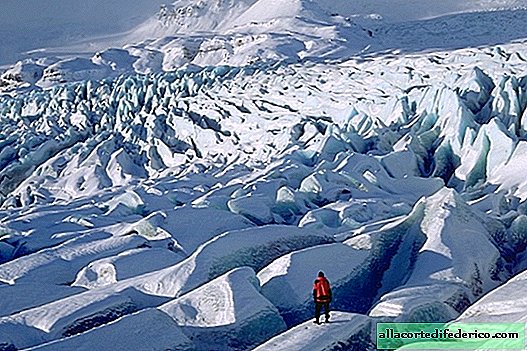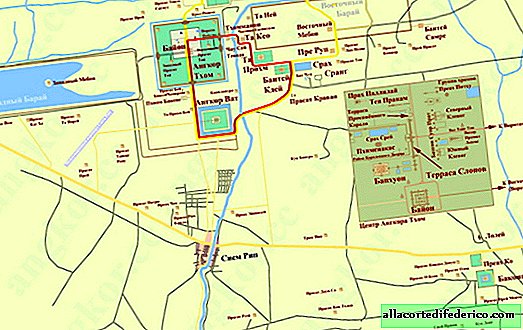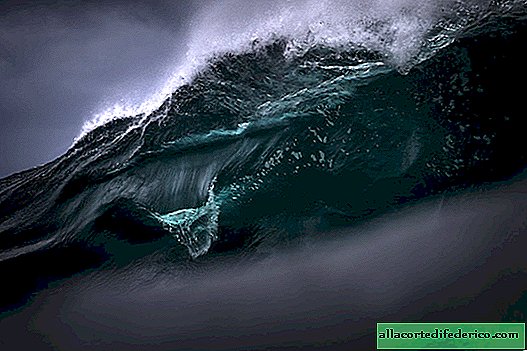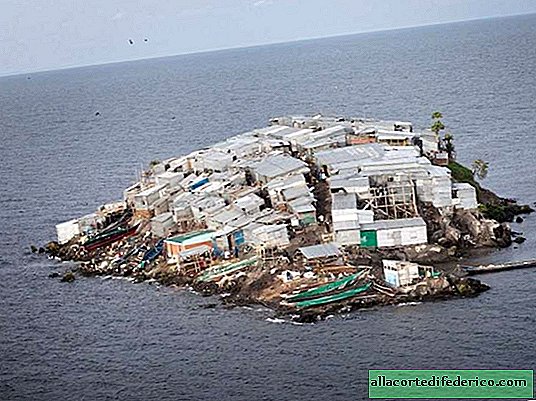The beginning of a new ice age is being postponed
The climate of our planet is undergoing constant changes. Studies show that these changes are cyclical. Periods of warming are replaced by ice ages, followed by short-term temperature increases by geological standards. The ice age, together with the interglacial era, make up the ice age. During the ice ages, there is a decrease in air temperature, a shift of natural zones to the south, ice accumulation in the northern latitudes, as well as a decrease in sea level to 100 meters or more. The duration of the ice age is from 70 to 90 thousand years, while the warm interglacial period lasts only 10-30 thousand years. The modern climate of the Earth belongs to the interglacial era of the Holocene.
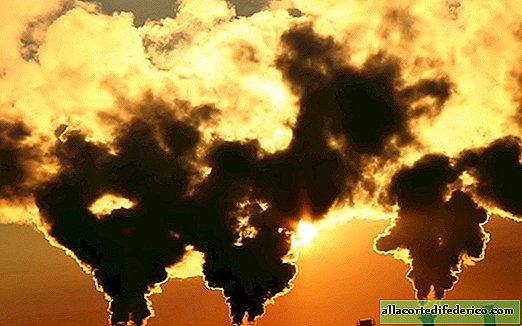
Examining ice samples in Antarctica obtained in deep wells, scientists have found that over the past 800 thousand years, our planet has survived 8 ice ages. The last glacial maximum on Earth was observed 19-26 thousand years ago. The sea level in those days would be 120-130 meters lower than the modern one, and the land area would be much larger. It was during this period that there was a land isthmus between Eurasia and North America in the Bering Sea region, along which ancient people penetrated the continent. The end of this ice age came about 12-17 thousand years ago, when the climate began to change in the direction of warming, and sea level began to rise. But recently, man has intervened in this process that has been established over millennia. The industrial development of our civilization has generated a sharp increase in greenhouse gas emissions into the atmosphere.

German scientists from the Potsdam Institute for Climate Research simulated the Earth’s climate based on atmospheric and oceanic factors, as well as taking into account the ice caps of the planet. Particular attention was paid to the global carbon cycle and the effect of carbon dioxide (CO2) emissions on melting ice in the northern hemisphere. Even small amounts of emissions, according to researchers, will affect the rate of disappearance of ice masses over tens of thousands of years. According to the model obtained, the ratio between solar radiation and the carbon dioxide content in the atmosphere is the main factor affecting the change in ice cycles.
According to climatologists, the new ice age was supposed to begin in 50,000 years and in the next millennia we should begin to feel its approach. But a large number of greenhouse gases entering the atmosphere in the last 100 years, according to scientists, can delay this moment by another 50,000 years. According to archaeological data, the size of the human population at the peak of the last ice age was reduced to a record small size. And today, mankind is able to face off against global planetary processes and endure the onset of an entire geological era.
